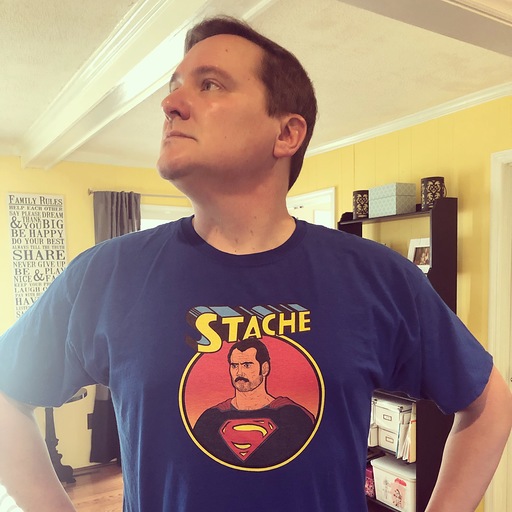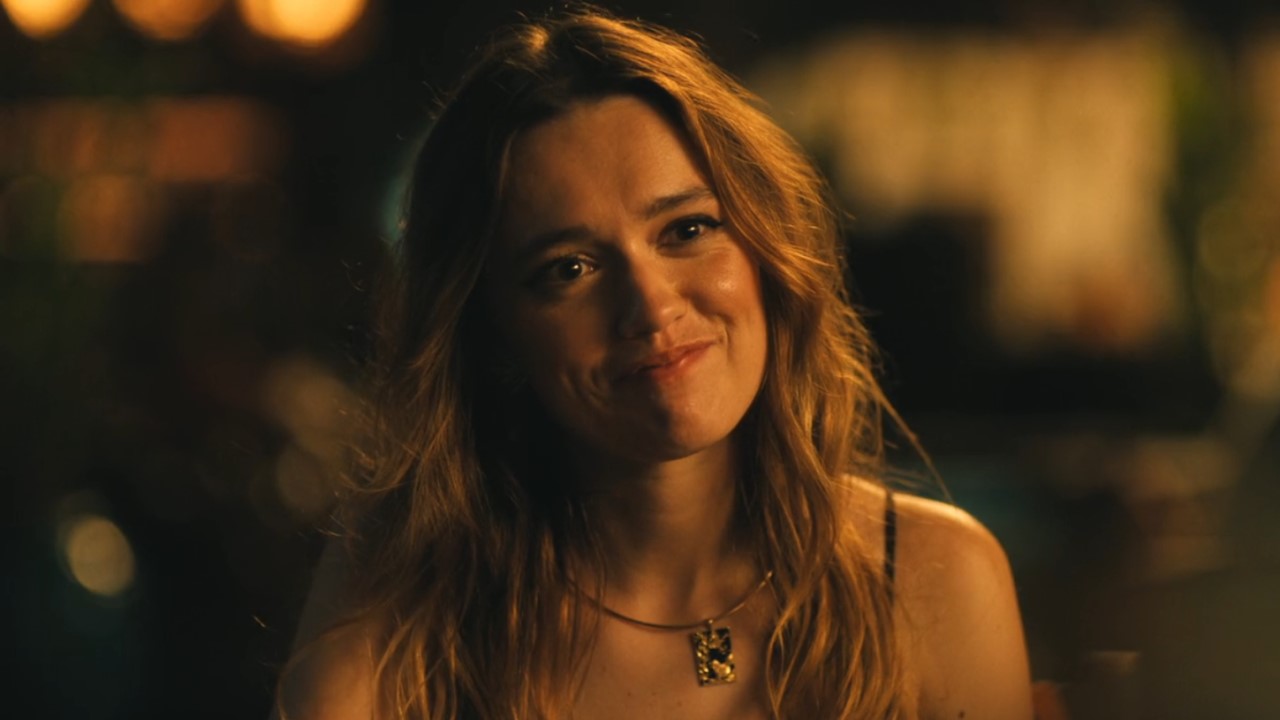Yippee Ki-Yuck. Silly, incoherent and cartoonish to a fault, A Good Day to Die Hard foolishly one-ups the escalating chaos and wonton carnage of Len Wiseman’s Live Free or Die Hard instead of calling back to human beats of John McTiernan’s well-oiled original – still the high-water mark for the action genre.
Dying no longer is hard for Bruce Willis’ besieged New York cop … it’s downright impossible. The resilient hero who once swallowed his fears to prevent random acts of terrorism is gone, replaced by a walking, talking superego whose bloodlust compels him to “kill all the scumbags,” as he succinctly puts it. Justice, his own survival, and the lives of innocents around him are side effects this cyborg savior rarely considers.
The fifth Die Hard finds an older, crustier McClane out of his element in Moscow, where he’s trying to connect with estranged son Jack (Jai Courtney). Dad learns through back channels that young McClane recently landed himself in a Russian prison after assassinating the henchman of a high-ranking Russian official. In reality, Jack’s employed as a CIA operative, assigned with removing political prisoner Yuri Komarov (Sebastian Koch) from a sticky international situation.
Komarov, we’re told, holds a valuable file (actually, a lazy MacGuffin) that contains controversial secrets about the infamous Chernobyl meltdown. Super-powered Russian operatives want the file back. John and Jack McClane race the clock to retrieve to it first. God help the faceless Russian mercenaries that stand in anyone’s way.
Directors make or break each Die Hard sequel, and John Moore (Max Payne, The Omen) snaps A Good Day over his knee like a dry twig. We waste no time plunging McClane into the action – at 97 minutes, this is the shortest film in the Die Hard series. But Moore’s inability to stage an articulate action sequence turns lengthy car chases and explosive firefights into jumbled messes of stale quips, crunching metal and exploding body parts. If a traditional action scene utilizes 250 edits, Moore shoehorns nearly 1,000 cuts into each headache-inducing stunt sequence – panning and zooming with reckless abandon as the super-human McClane steamrolls over Russian bystanders, leaps from radioactive buildings, and swings from the tail of a helicopter like a kite string caught in a hurricane.
During his director’s commentary for Die Hard parts one and three, McTiernan explains how he fought with studio executives and screenwriters to implement a heist angle into his plots because audiences need to experience “joy” as they watched the villains’ intricate plots unfold. Terrorists, he said, automatically imply anger and hostility without the pleasure of a crackerjack caper. The villains in a Die Hard movie have to be the relatable protagonists, according to McTiernan, while McClane is the everyman antagonist standing in their way.
Now that we’ve seen the sadistic excursions of Live Free and A Good Day, I understand what McTiernan meant … and better appreciate what he brought to the franchise’s early chapters. The Soviet adversaries in Moore’s A Good Day are campy caricatures who chew carrots, enact ham-fisted plots to acquire weapons-grade uranium, and dream of being dancers instead of terrorists. I wish I were joking.
Robo-McClane, meanwhile, has such a thin motivation for stopping these villains (“It’s what we do,” he unconvincingly justifies to Jack) that watching him dispatch wave after wave of powerless targets is arduous, tension-free and the opposite of fun. What happened to the underdog hero who often seemed surprised at his own ability to overcome miraculous odds? Have so many near-miss brushes with death turned McClane into this arrogant killing machine who flips off his enemy as he plunges from the top of a building and crashes through multiple floors of a crumbling Russian building? How are we supposed to cheer for this conceited jerk?
And yet, I’ll never put that final nail in the Die Hard coffin because I believe in the potential of the John McClane character, even though I despise what Willis has allowed him to become. So long as the actor is willing to return to the role, I – as a Die Hard fan – can and will hold out hope that Willis will recruit a director who recognizes the heart and vulnerability of a human hero are what drew us to McClane in the first place. A sequel that somehow returned to the intelligence and compassion of the original Die Hard would go a long way toward erasing the ill will sure to be generated by this Moscow misfire.

Sean O’Connell is a journalist and CinemaBlend’s Managing Editor. Having been with the site since 2011, Sean interviewed myriad directors, actors and producers, and created ReelBlend, which he proudly cohosts with Jake Hamilton and Kevin McCarthy. And he's the author of RELEASE THE SNYDER CUT, the Spider-Man history book WITH GREAT POWER, and an upcoming book about Bruce Willis.











